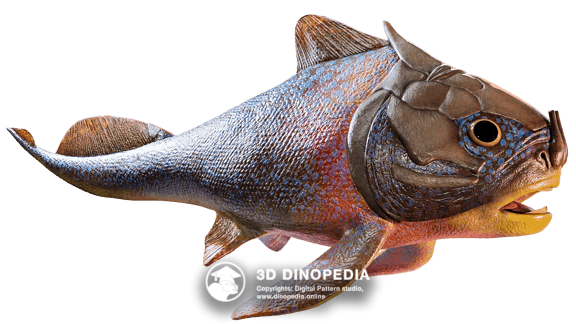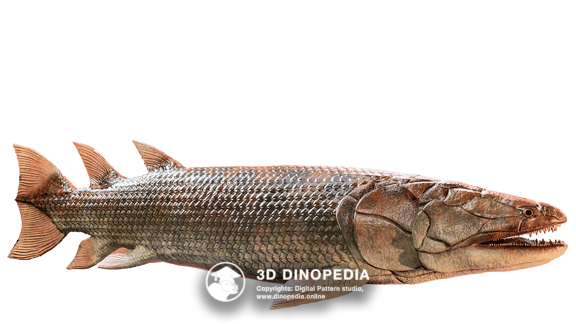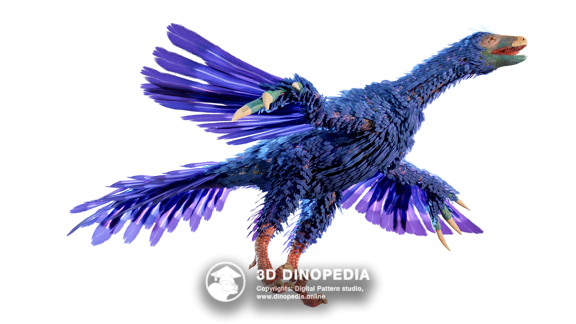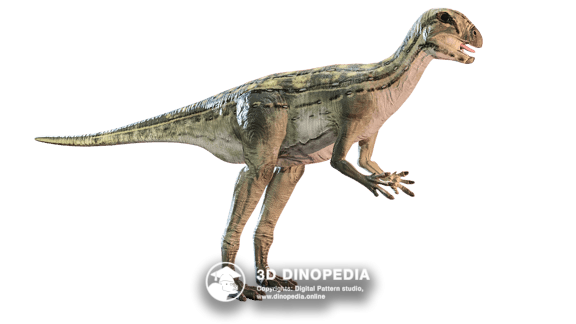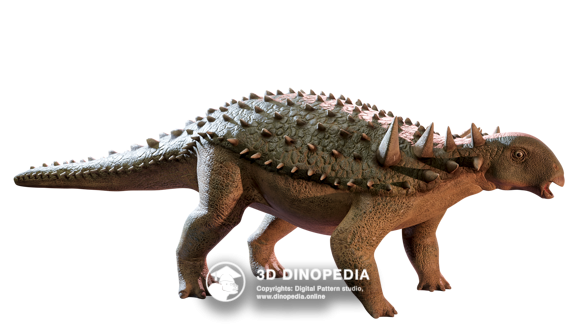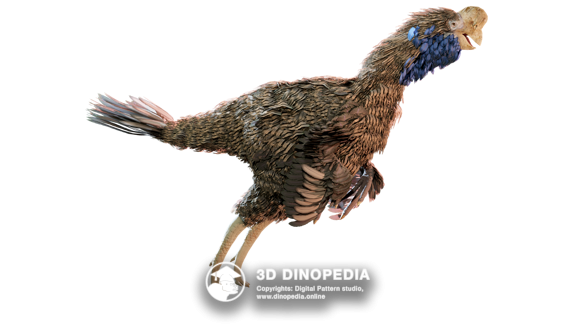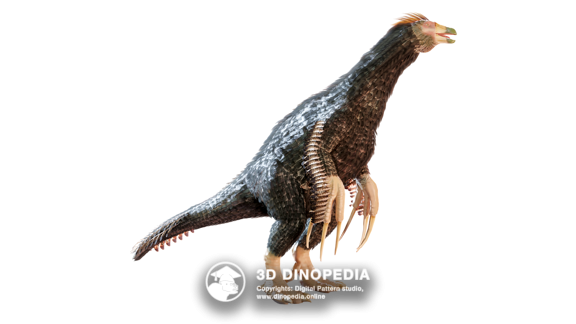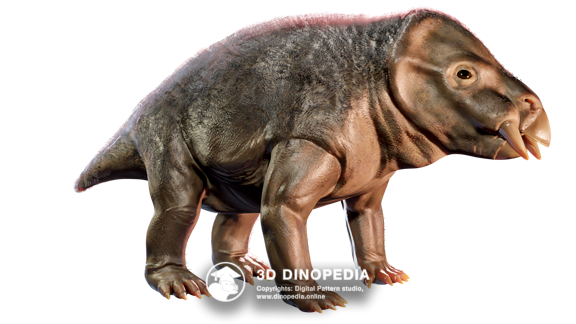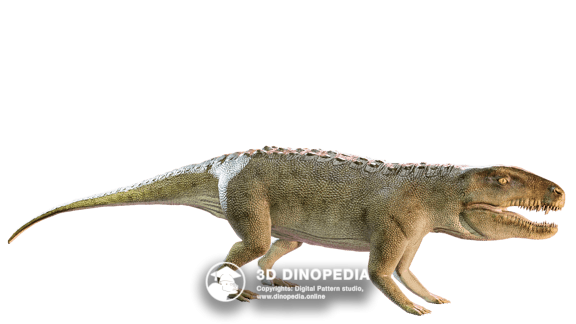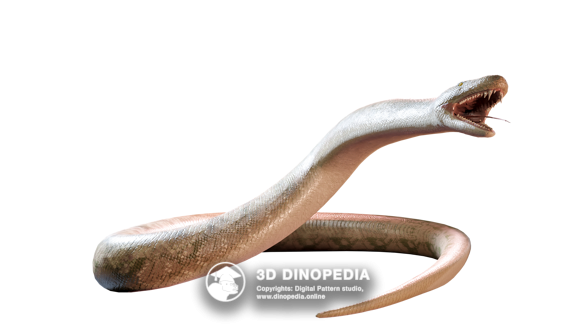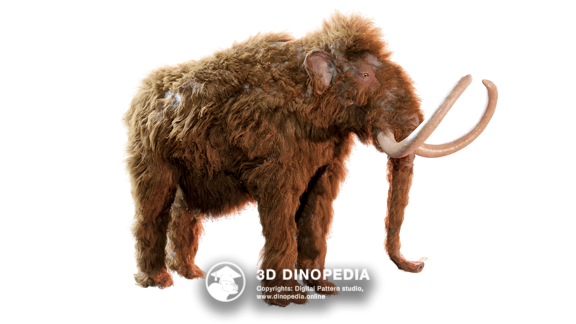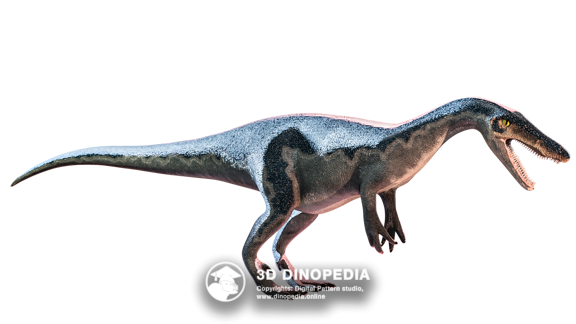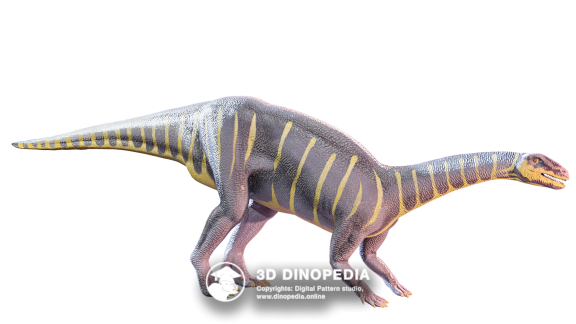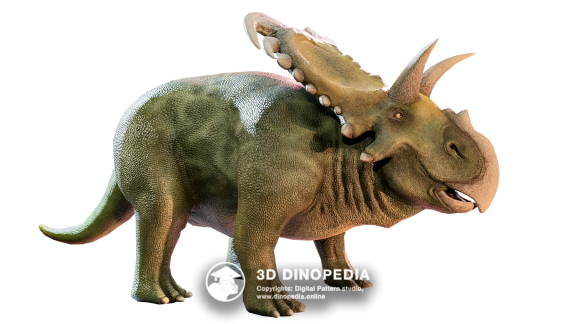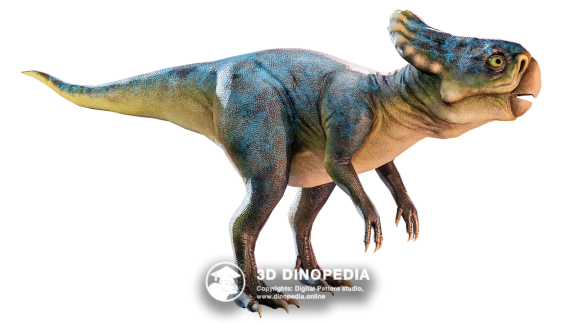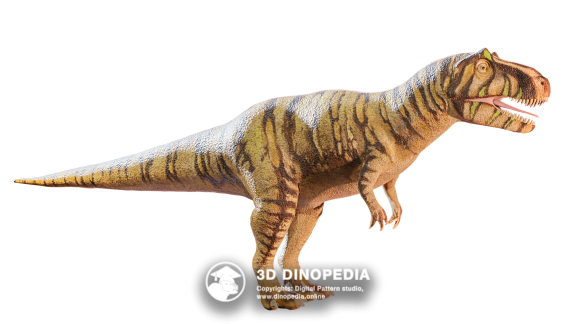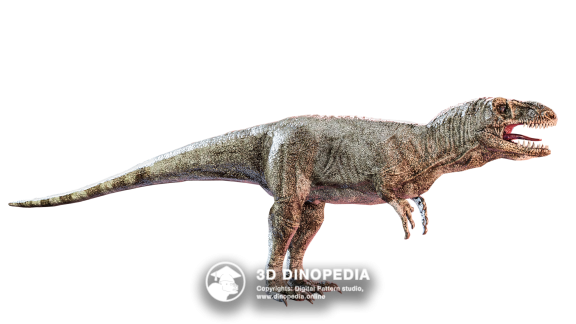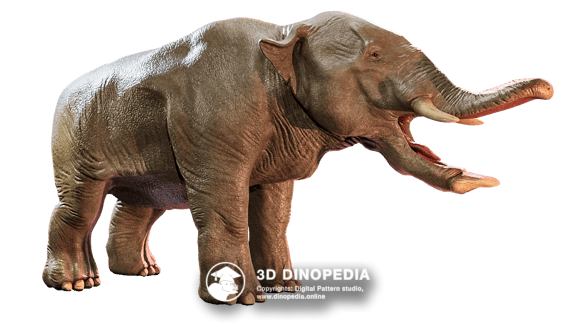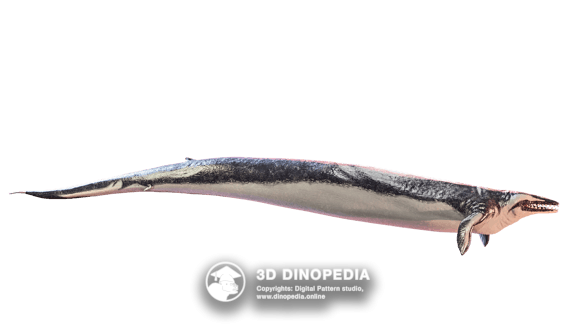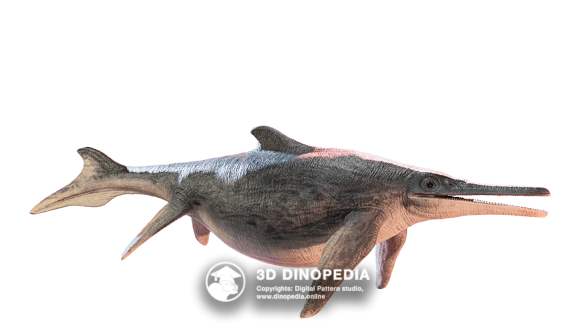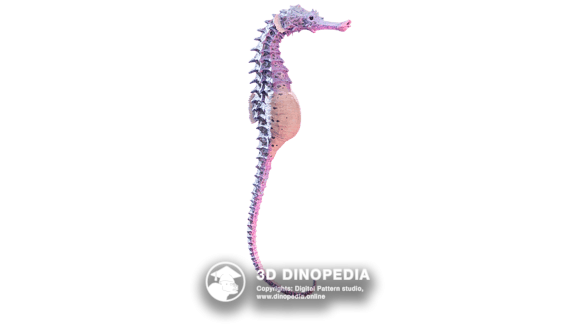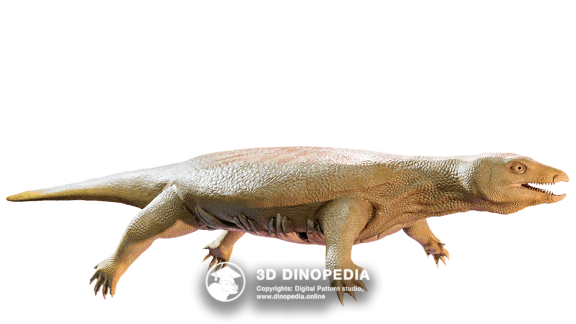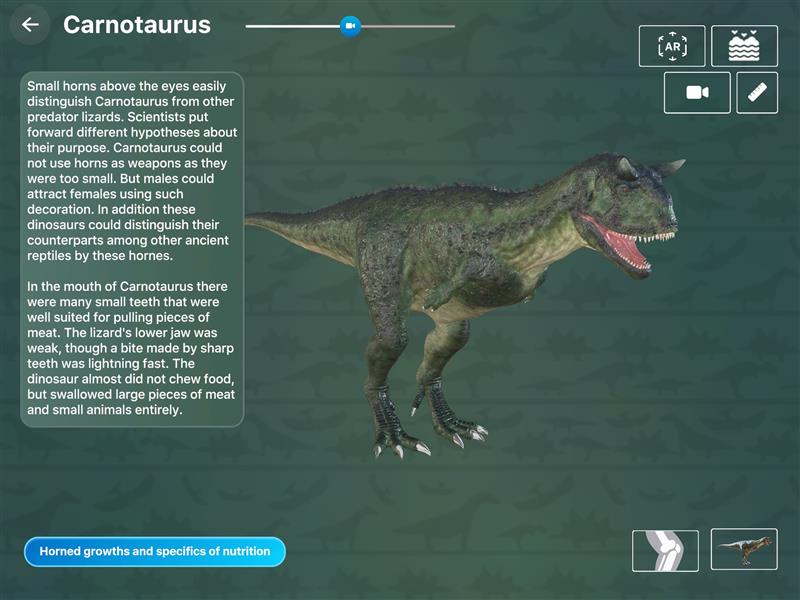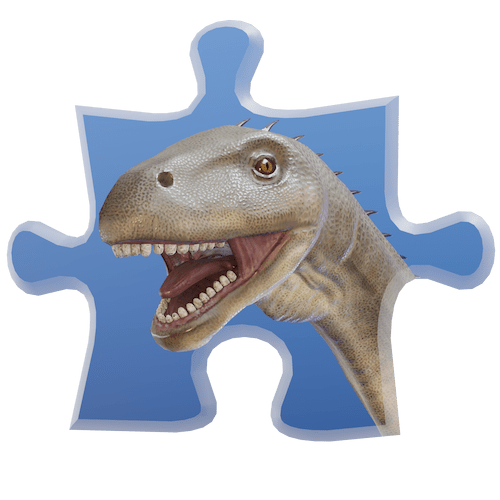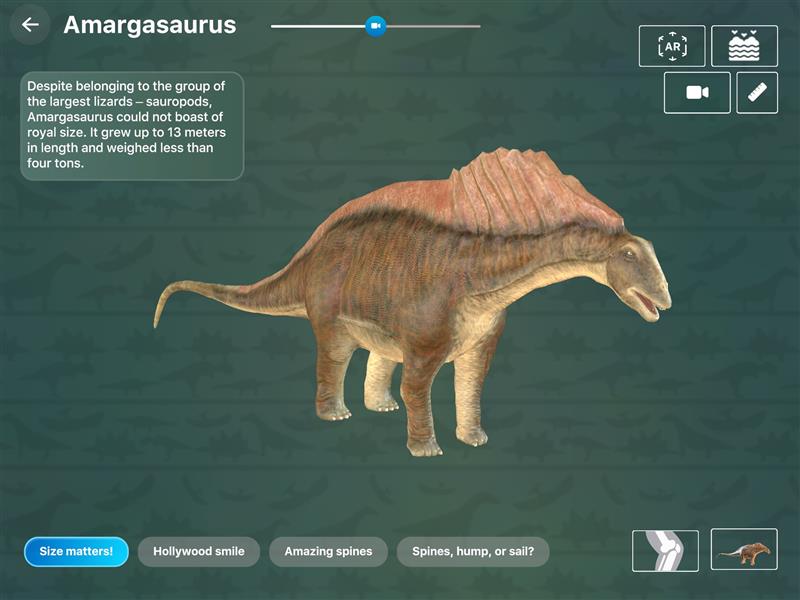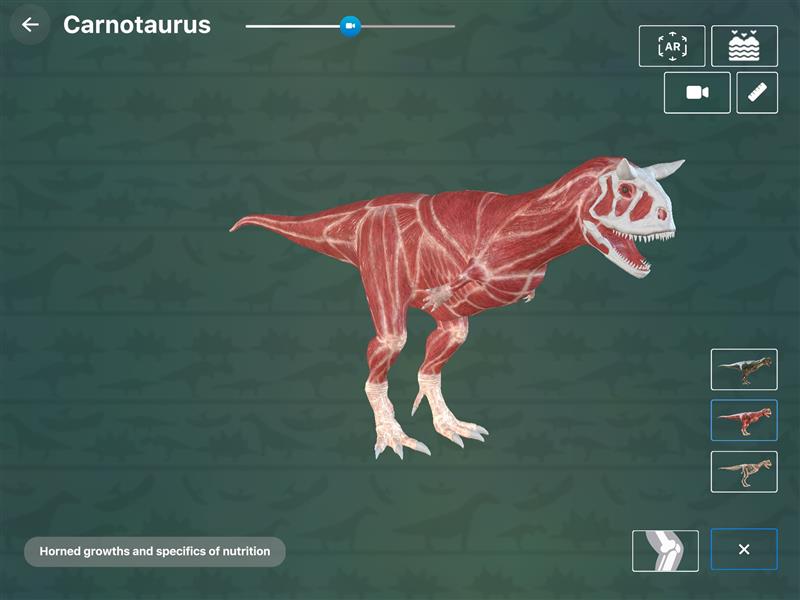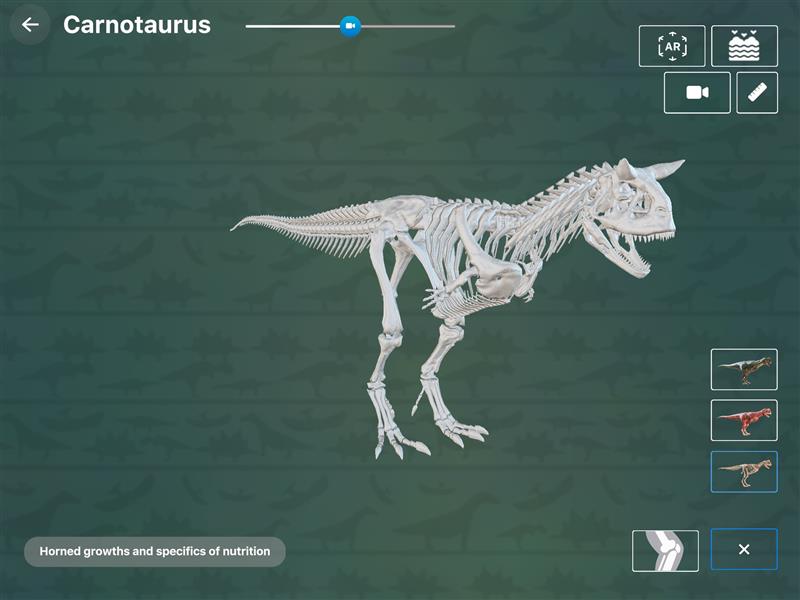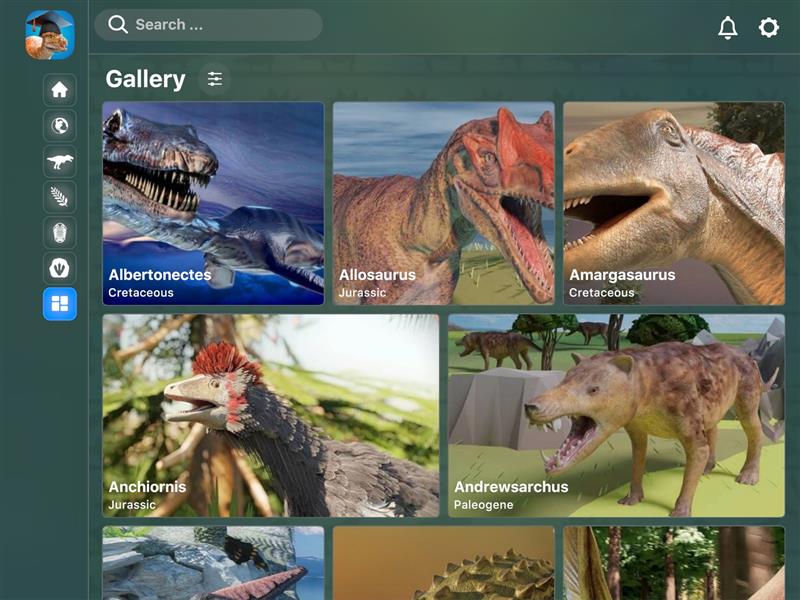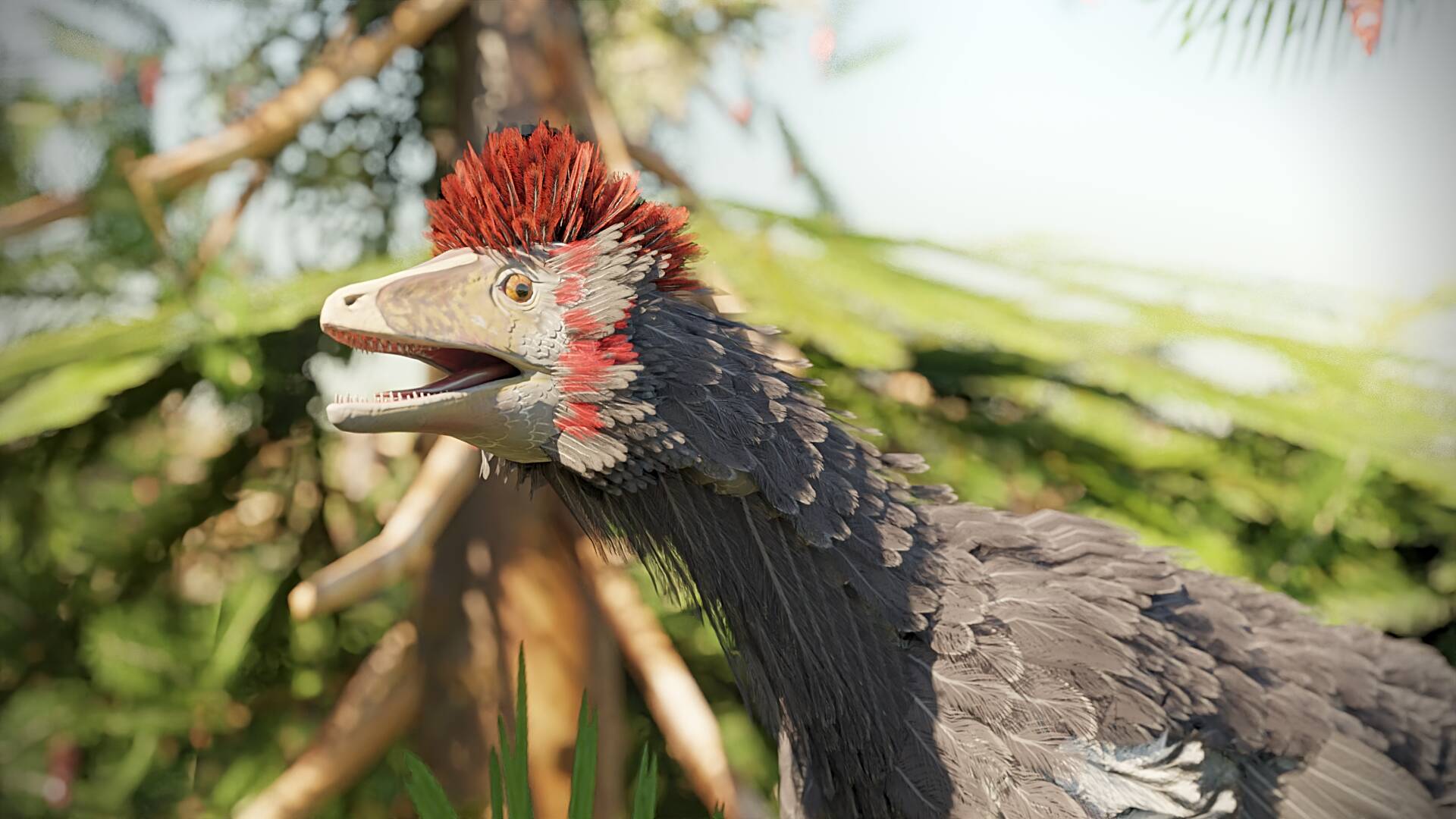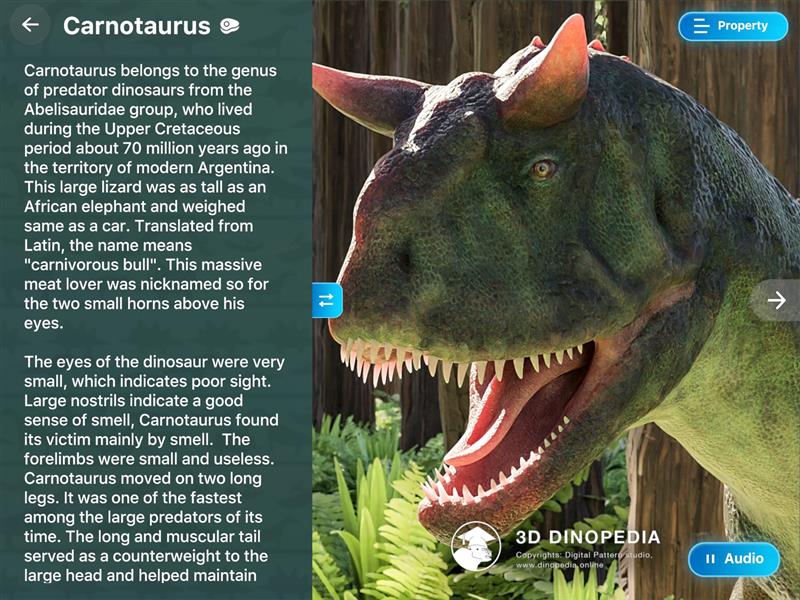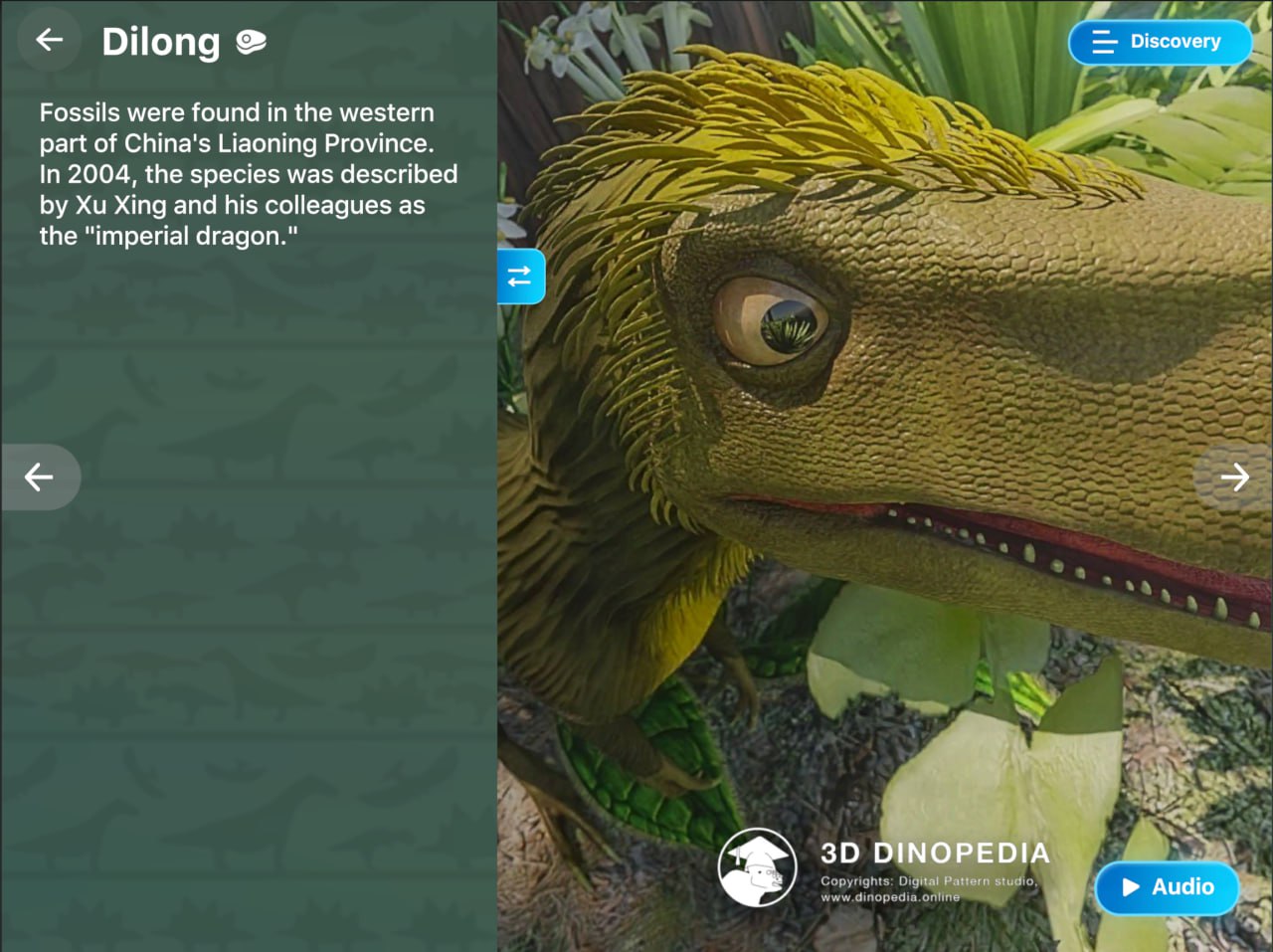Materpiscis
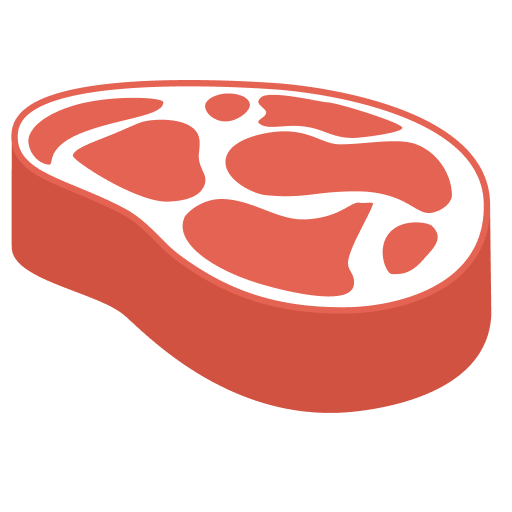
Name meaning:
Mother fish
Period of life:
384–382 million years ago
Period:
Habitat:
Marine environment
Taxonomy:
Placodermes
Countries:

Name meaning: “mother fish”
Materpiscis attenboroughi is a remarkable fossil that opens a window onto the deep past. This extinct armoured fish lived in the Late Devonian, around 384–382 million years ago. Its remains, discovered in the Gogo Formation of Western Australia, preserved an extraordinary secret: an embryo inside the mother, connected by an umbilical cord or placenta. This makes Materpiscis the oldest known viviparous (live‑bearing) vertebrate, pushing the origin of live birth back by roughly 200 million years.
Materpiscis belonged to the placoderms—armoured fishes whose heads and the front part of their bodies were covered by bony plates. Placoderms were highly diverse in both form and size, and at about 30 cm long Materpiscis was among the smallest of them. In general appearance it resembled modern chimaeras: a large head with big eyes, a reduced armour and an elongated body. Its tail was drawn out and suited to swimming close to, but not scraping along, the seafloor. Broad pectoral fins suggest it was manoeuvrable, though not especially fast.
It likely fed on hard‑shelled bottom‑dwelling animals, as indicated by two crushing plates in the mouth that functioned in place of true teeth. Another intriguing feature is a pair of small projections at the tip of the snout, whose purpose remains unknown.
The discovery of Materpiscis fundamentally changed our view of reproduction in ancient fishes. For a long time, placoderms were assumed to lay eggs like most modern fishes. However, the presence of specialised clasping organs (claspers) in male placoderms and smooth bases of the pelvic fins in females pointed to the possibility of internal fertilisation and live birth. Materpiscis provided the first incontrovertible fossil evidence for this. It is, quite literally, a fossil witness to the emergence of viviparity in vertebrates, helping scientists clarify how this remarkable reproductive strategy evolved and filling a crucial gap in the history of life on Earth.
Discussions
Other animals
 INTERESTING FACTS
INTERESTING FACTS
 PUZZLES
PUZZLES
 HOME
HOME
 3D MODEL "SKIN"
3D MODEL "SKIN"
 3D MODEL "MUSCLES"
3D MODEL "MUSCLES"
 3D MODEL "SKELETON"
3D MODEL "SKELETON"
 VISION
VISION
 NEIGHBORS
NEIGHBORS
 VOICE ACTING
VOICE ACTING
 AR - MODE
AR - MODE
 GALLERY
GALLERY
 HISTORY OF DISCOVERIES
HISTORY OF DISCOVERIES
